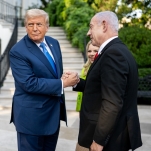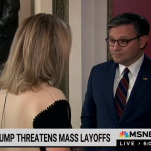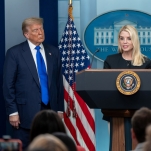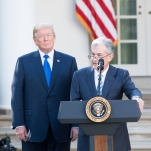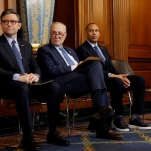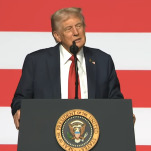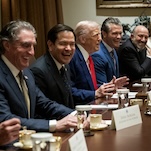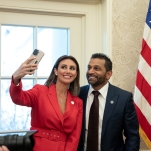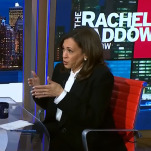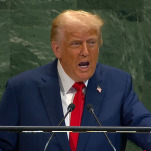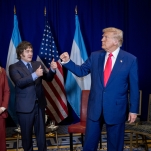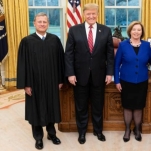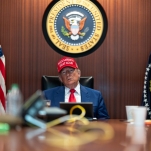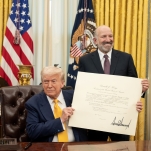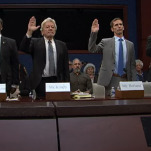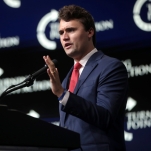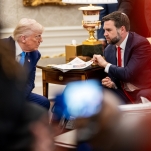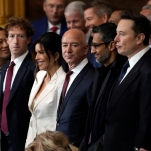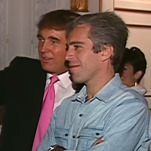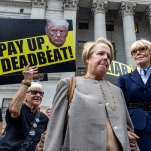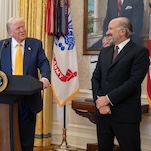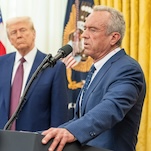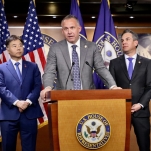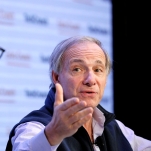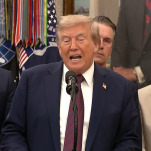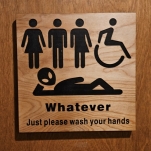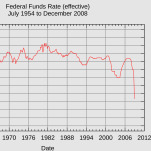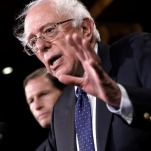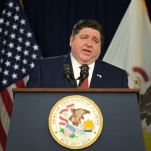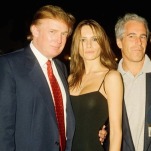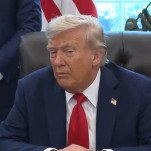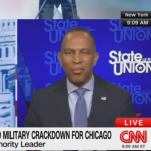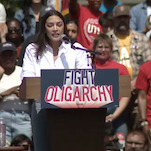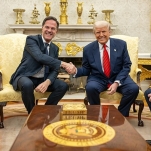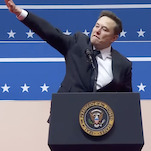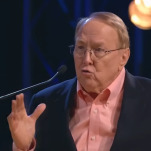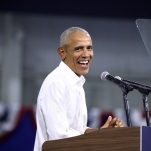How EMILY’s List Lost Its Way


“I don’t regret it,” said then-Nevada Assemblywoman Lucy Flores with tears in her eyes on the state assembly floor in 2013. Flores was speaking about her choice to have an abortion at age 16. How she didn’t want to experience the hardship of her “six other sisters,” who all “became pregnant in their teens.”
Flores’ unapologetic recounting of her own abortion while defending a sex education bill on the assembly floor shot her to national fame. Her life experience—growing up poor as one of 13 children to Mexican immigrant parents, dropping out of high school, going to jail, and eventually getting her law degree—informed her commitment to fighting for reproductive rights and low-income women. It also made her the perfect face to spread the message of pro-choice political advocacy group EMILY’s List.
In 2014, when Flores ran for the state’s lieutenant governor seat, she was nominated to be a Rising Star of the year. Every year, EMILY’s List Rising Stars program highlights a group of candidates on their website, many of them women of color, who are nominees people can “vote” for by entering in their email address. The point is to raise candidates’ profiles and help EMILY’s List by building out their email lists.
As a Rising Star, Flores flew around the country, from San Francisco to Chicago to Texas, taking time out of her own campaign to tell her life story to EMILY’s List donors. “I was good on the stump and had an inspiring story,” Flores explained. “I was someone that could get their donors excited.”
There was just one problem: Flores rarely got to meet those donors, despite asking EMILY’s List for help. At the events she spoke at, Flores recalled that “most of the time I couldn’t get them to set up a single meeting, and if they did, I was lucky to get maybe one or two.” For Flores, it felt like her story was being “leveraged” to boost EMILY’s List, for which she got little in return. “They never did any specific fundraising for me,” she said, at the panels or retreats they sent her to.
The message was clear: It was about which candidate could raise more money.
Flores lost that race, but went on to run for Nevada’s 4th congressional seat in 2016. EMILY’s List, which had endorsed Flores three times previously, decided to instead back her challenger, Susie Lee, a wealthy, white philanthropist who had never held office before. The move raised eyebrows in the national news. Many of Flores’ supporters accused EMILY’s List’s move as payback for Flores’ endorsement of Bernie Sanders over Hillary Clinton in the 2016 Democratic primary.
EMILY’s List categorically denied this accusation, and declined to comment publicly on Flores’ experience to Splinter. But the reason that Lucinda Guinn, EMILY’s List vice president of campaigns, gave to a Flores supporter in an email obtained by the Las Vegas Review-Journal was perhaps more telling of the group’s priorities: “Susie is clearly the strongest candidate in this race—she currently has over half a million dollars more in her campaign account than Lucy, who hasn’t built an operation capable of communicating with voters this time around.”
The message was clear: It was about which candidate could raise more money.
In the end, neither woman came up victorious. Despite backing from EMILY’s List, Lee still ended up in third in the primary behind Flores, who came in second to then-state senator Ruben Kihuen.
-

-

-

-

-

-

-

-

-

-

-

-

-

-

-

-

-

-

-

-

-

-

-

-

-

-

-

-

-

-

-

-

-

-

-

-

-

-

-

-

-

-

-

-

-

-

-

-

-

-

-

-

-

-

-

-

-

-

-

-

-

-

-

-

-

-

-

-

-

-

-

-

-

-

-

-

-

-

-

-

-

-

-

-

-

-

-

-

-

-

-

-

-

-

-

-

-

-

-

-

-

-

-

-

-

-

-

-


